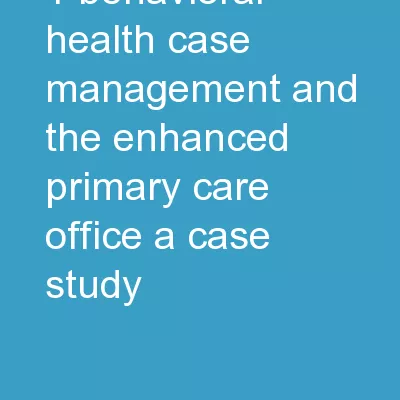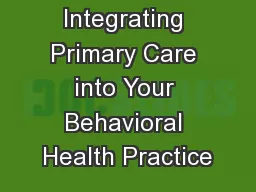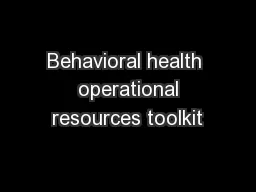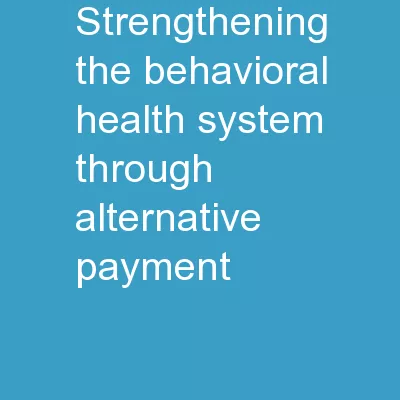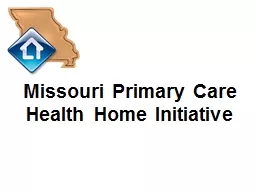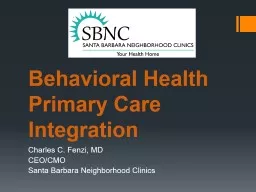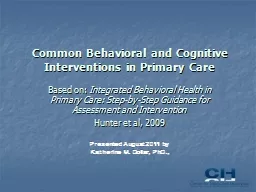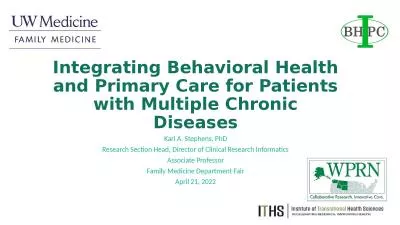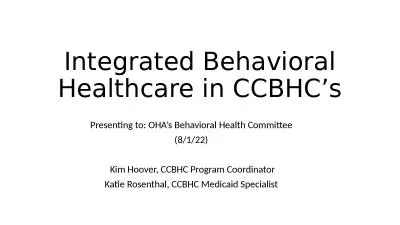PPT-1 Behavioral Health Case Management and the Enhanced Primary Care Office: A Case Study
Author : karlyn-bohler | Published Date : 2018-12-17
Robert Holtz MAMBALMHC Vice President Behavioral Health Services 2 Notforprofit health plan Physicianfounded and guided 455000 members primarily in 24 counties in
Presentation Embed Code
Download Presentation
Download Presentation The PPT/PDF document "1 Behavioral Health Case Management and ..." is the property of its rightful owner. Permission is granted to download and print the materials on this website for personal, non-commercial use only, and to display it on your personal computer provided you do not modify the materials and that you retain all copyright notices contained in the materials. By downloading content from our website, you accept the terms of this agreement.
1 Behavioral Health Case Management and the Enhanced Primary Care Office: A Case Study: Transcript
Download Rules Of Document
"1 Behavioral Health Case Management and the Enhanced Primary Care Office: A Case Study"The content belongs to its owner. You may download and print it for personal use, without modification, and keep all copyright notices. By downloading, you agree to these terms.
Related Documents

